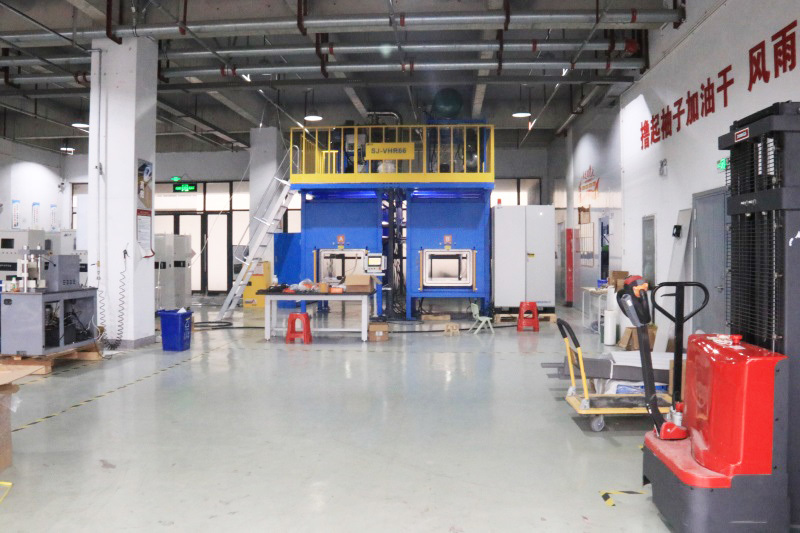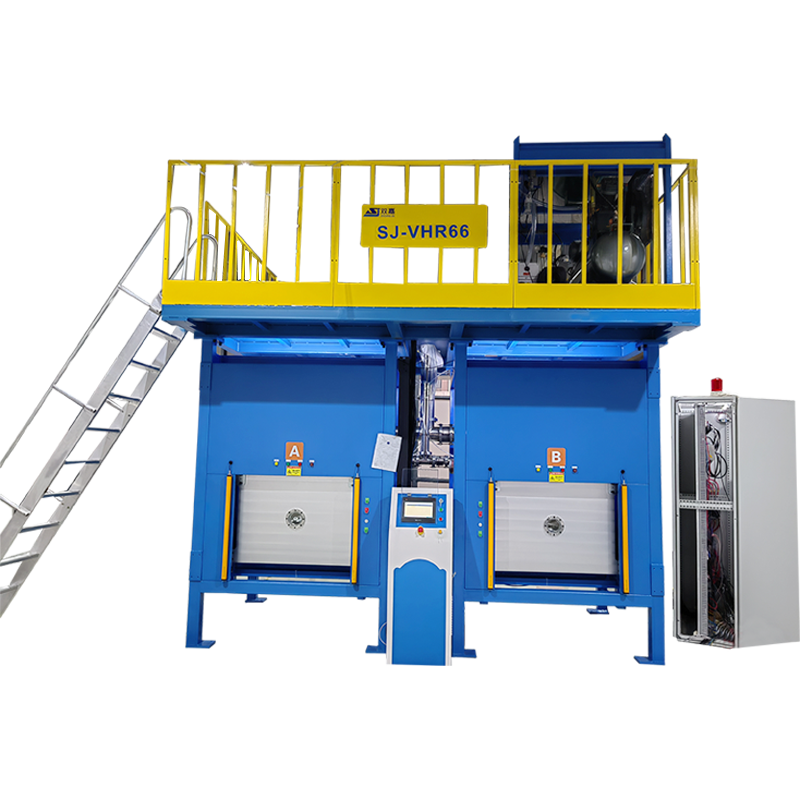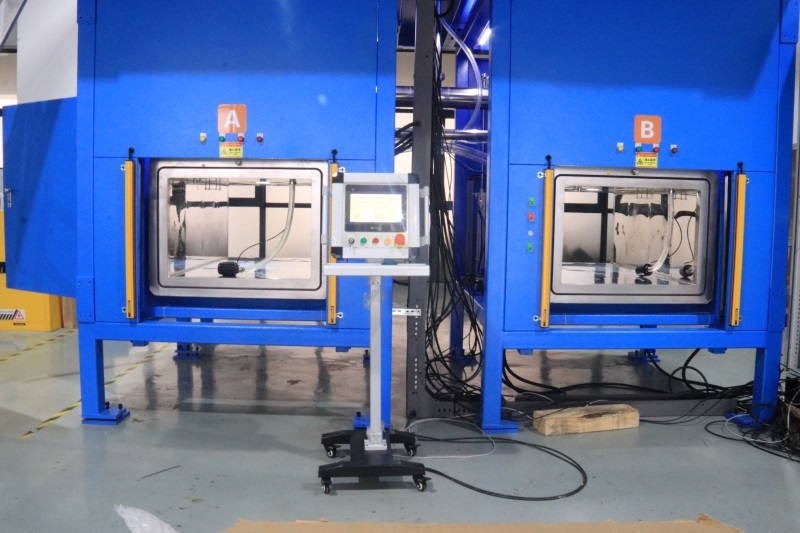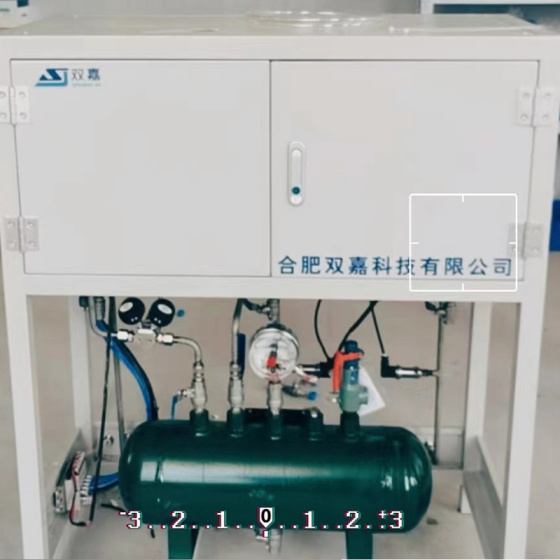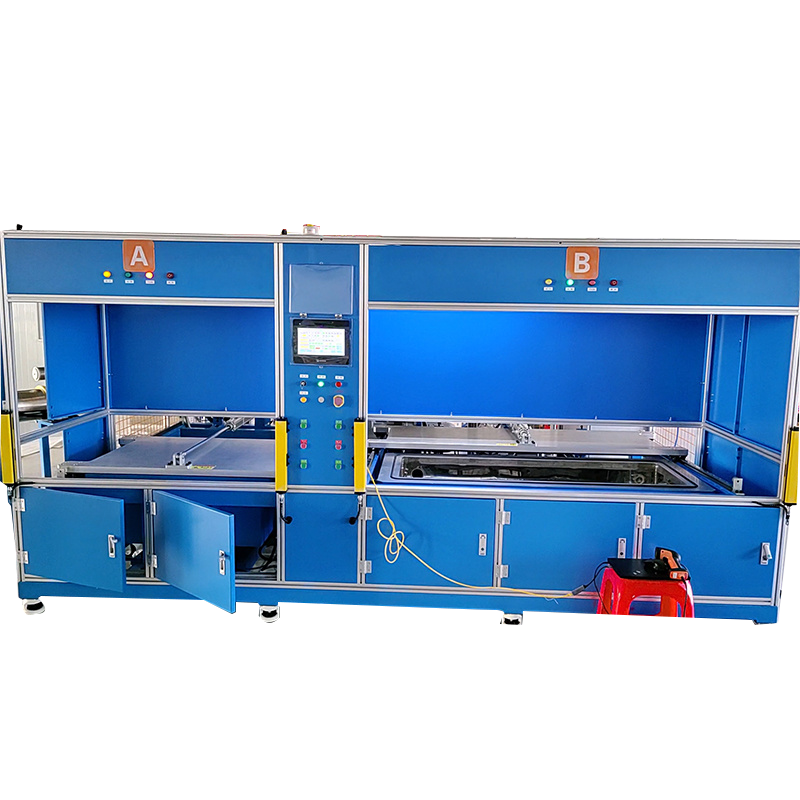Information Details
Unlocking Precision: How Helium Leak Testing Enhances Vacuum Solutions
Unlocking Precision: How Helium Leak Testing Enhances Vacuum Solutions Table of Contents 1. Introduction to Vacuum Solutions and Leak Testing 2. What is Helium Leak Testing? 3. Principles of Helium Leak Testing 4. Advantages of Helium Leak Testing 5. Applications of Helium Leak Testing 6. Comparison with Other Leak Testing Methods 7. Choosing the Right Leak Testing Met
Release time:
2025-06-18
Unlocking Precision: How Helium Leak Testing Enhances Vacuum Solutions
Table of Contents
- 1. Introduction to Vacuum Solutions and Leak Testing
- 2. What is Helium Leak Testing?
- 3. Principles of Helium Leak Testing
- 4. Advantages of Helium Leak Testing
- 5. Applications of Helium Leak Testing
- 6. Comparison with Other Leak Testing Methods
- 7. Choosing the Right Leak Testing Method for Your Needs
- 8. Future Trends in Helium Leak Testing
- 9. Frequently Asked Questions
- 10. Conclusion
1. Introduction to Vacuum Solutions and Leak Testing
In the realm of modern engineering and manufacturing, the integrity of vacuum systems is paramount. **Vacuum solutions** are utilized across various industries, including semiconductor fabrication, pharmaceuticals, and aerospace. The reliability of these systems is heavily influenced by their ability to maintain a vacuum environment free of leaks. This is where **helium leak testing** plays a crucial role, providing an unparalleled level of precision in detecting leaks, ensuring that systems operate at optimal levels.
2. What is Helium Leak Testing?
Helium leak testing is a specialized method used to identify leaks in sealed systems. This technique employs **helium**, a noble gas known for its small atomic size, enabling it to traverse even the tiniest of openings. By introducing helium into a vacuum environment and utilizing sensitive detectors, technicians can accurately locate leaks that may compromise the system’s performance. This testing method is considered one of the most effective ways to ensure the integrity of vacuum systems.
3. Principles of Helium Leak Testing
The principles underlying helium leak testing are based on the physical properties of helium and the mechanics of vacuum systems.
3.1 The Role of Helium
Helium's unique characteristics make it an ideal candidate for leak detection. It is non-toxic, non-reactive, and can easily escape through minute cracks or imperfections. When helium is introduced into a vacuum chamber, it seeks out any openings, allowing for precise measurement of vacuum integrity.
3.2 Detection Techniques
There are two primary techniques employed in helium leak testing: **sniffing** and **mass spectrometry**. Sniffing involves scanning the surface of a vacuum system with a handheld detector, while mass spectrometry provides a more quantitative analysis of helium levels within the chamber. Both methods allow for rapid and accurate detection of leaks, ensuring that any faults are identified and addressed promptly.
4. Advantages of Helium Leak Testing
Helium leak testing offers several distinct advantages that set it apart from traditional leak detection methods.
4.1 High Sensitivity
The sensitivity of helium leak testing is unparalleled, with the ability to detect leaks as small as 10^-12 mbar L/s. This high level of accuracy is crucial in applications where even the slightest leak can lead to significant operational failures.
4.2 Quick Results
Helium leak testing is known for its rapid testing capabilities. The process can often be completed in a matter of minutes, allowing for quick assessments and reducing downtime in production environments.
4.3 Non-Destructive Testing
Since helium leak testing does not damage the tested components, it is an ideal choice for delicate vacuum systems. This non-destructive nature ensures that critical components can be tested without the risk of compromising their integrity.
5. Applications of Helium Leak Testing
Helium leak testing has widespread applications across various industries, underscoring its importance in maintaining vacuum integrity.
5.1 Semiconductor Manufacturing
In the semiconductor industry, vacuum systems are essential for the fabrication of integrated circuits. Helium leak testing ensures that these systems remain leak-free, safeguarding the production process.
5.2 Aerospace Engineering
Aerospace components must endure extreme conditions, making leak detection critical. Helium testing is employed to validate the integrity of fuel systems, pressurized cabins, and other critical components.
5.3 Pharmaceutical Production
The pharmaceutical industry relies on vacuum systems for processes such as freeze-drying and sterile packaging. Helium leak testing guarantees that these systems maintain the necessary conditions for product safety and efficacy.
6. Comparison with Other Leak Testing Methods
When evaluating leak detection methods, it is essential to consider the effectiveness, speed, and cost of various approaches.
6.1 Pressure Decay Testing
Pressure decay testing is a common method that measures pressure changes over time. However, it lacks the sensitivity of helium leak testing and may not detect small leaks effectively.
6.2 Bubble Testing
Bubble testing is a straightforward method involving the application of a soap solution to potential leak areas. While it is effective for detecting larger leaks, it is not suitable for precision applications where helium testing shines.
6.3 Ultrasonic Leak Detection
Ultrasonic detection utilizes sound waves to identify leaks. While it can be effective, it often requires more complex setups and may not match the sensitivity of helium leak testing.
7. Choosing the Right Leak Testing Method for Your Needs
Selecting the appropriate leak testing method depends on various factors, including the specific application, the size of potential leaks, and the sensitivity required.
7.1 Assessing Your Needs
Understanding your industry requirements and the operational conditions of your systems is crucial in determining the best testing method. Helium leak testing is often the best choice for high-precision environments.
7.2 Budget Considerations
While helium leak testing may involve higher upfront costs due to specialized equipment, its long-term benefits in reducing operational failures often justify the investment.
8. Future Trends in Helium Leak Testing
As industries evolve, so too does the technology and methodologies behind helium leak testing.
8.1 Advancements in Detection Technology
Ongoing research into more sensitive detectors and faster analysis methods promises to enhance helium leak testing capabilities, making it even more effective in identifying leaks.
8.2 Automation and Industry 4.0
The integration of automation and smart technologies into leak testing processes will allow for real-time monitoring and data analysis, further streamlining the testing process and improving leak detection accuracy.
9. Frequently Asked Questions
9.1 What is the cost of helium leak testing?
The cost of helium leak testing can vary based on equipment, complexity, and the specific application. While initial costs may be higher, the benefits often outweigh the investment.
9.2 How often should I perform helium leak testing?
The frequency of testing depends on the application and operational requirements. Regular testing is recommended for critical systems to ensure ongoing integrity.
9.3 Can helium leak testing be done on-site?
Yes, portable helium leak detectors allow for on-site testing, making it convenient for various applications.
9.4 What industries benefit most from helium leak testing?
Industries such as semiconductor manufacturing, aerospace, and pharmaceuticals significantly benefit from helium leak testing due to the critical nature of their vacuum systems.
9.5 Is helium leak testing environmentally friendly?
Yes, helium is a non-toxic and inert gas, making it an environmentally friendly option for leak detection.
10. Conclusion
Helium leak testing stands as a cornerstone in maintaining the integrity of vacuum solutions across various industries. With its high sensitivity, rapid results, and non-destructive nature, it offers unparalleled advantages for detecting even the minutest leaks. As technology advances, the role of helium leak testing will only become more critical, enabling industries to enhance their operational reliability and safety. Investing in helium leak testing not only safeguards your systems but also ensures optimal performance, making it an indispensable part of modern engineering and manufacturing practices.
helium leak testing vacuum solution
Next Page
Next Page
Latest Blog


